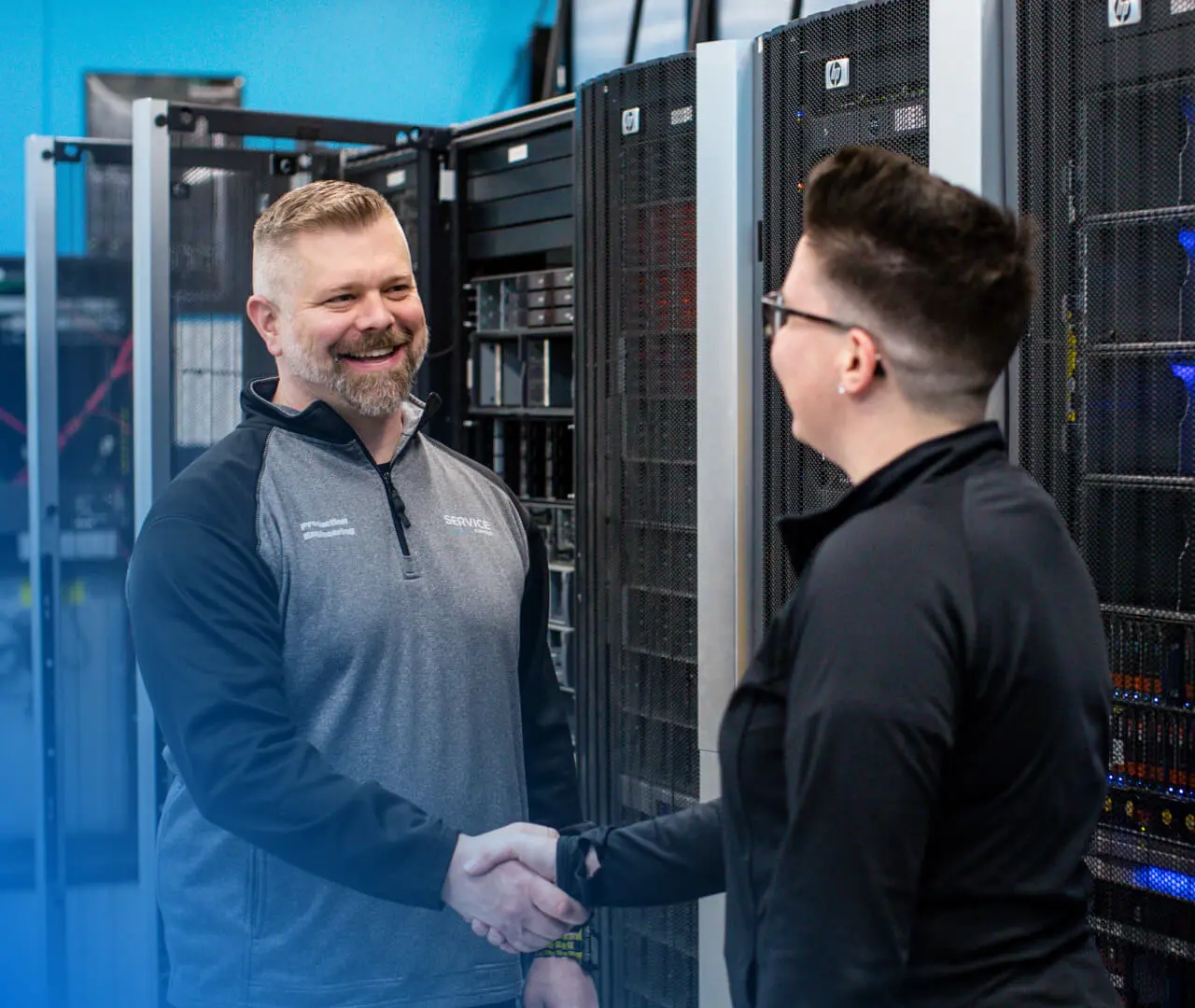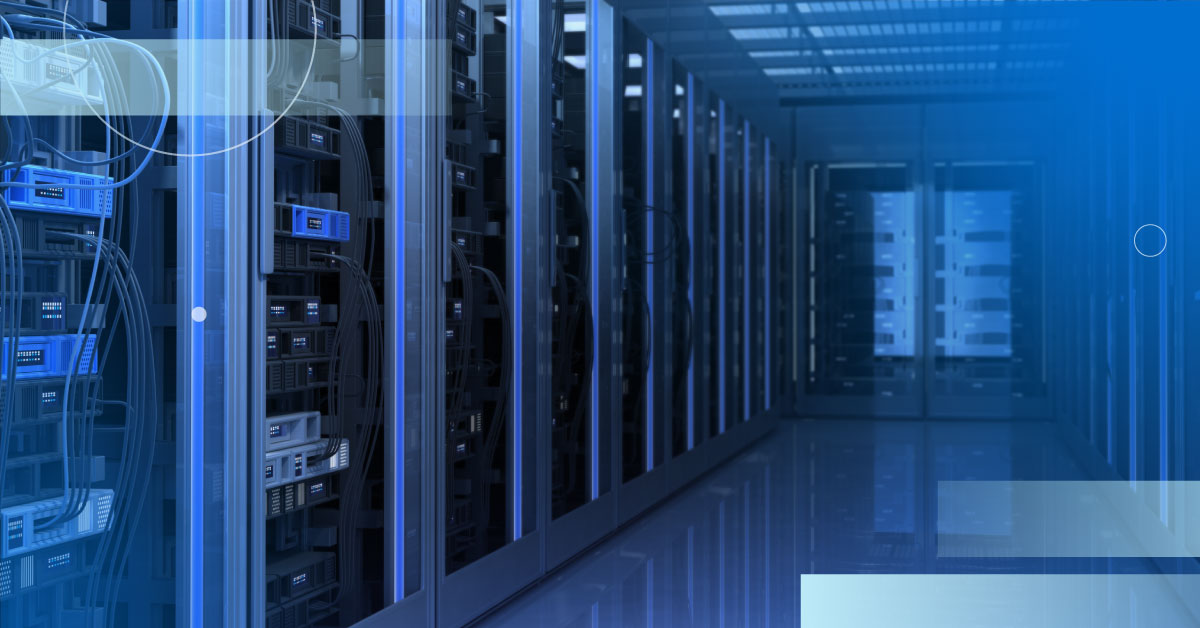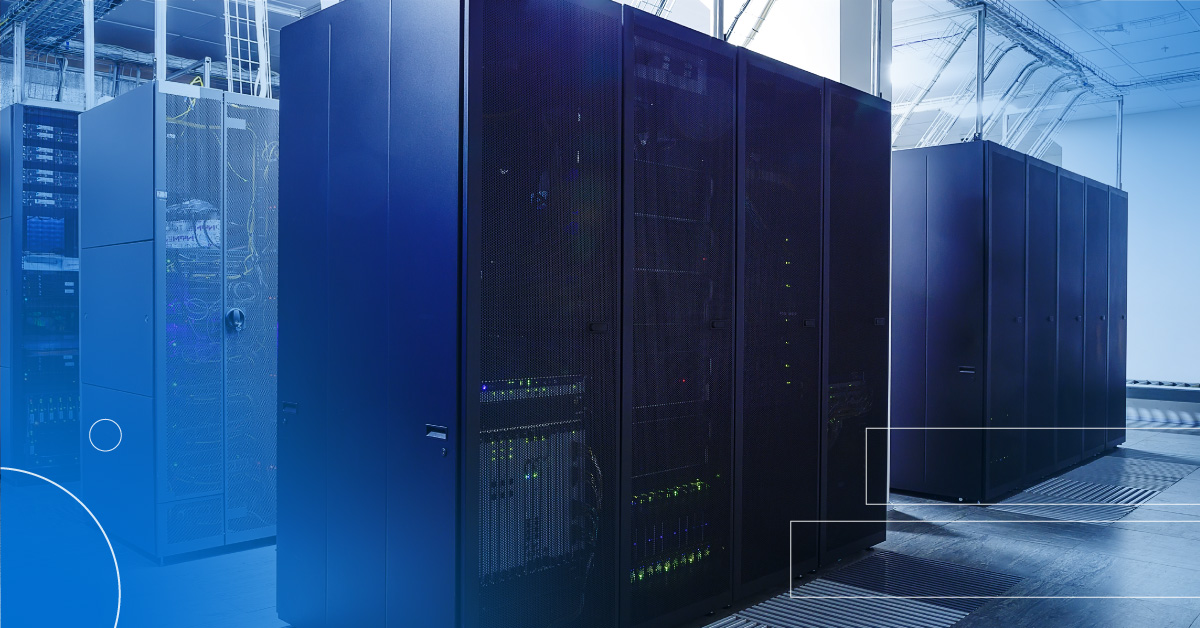- What is End of Life? (or End of Sale)
- What is End of Development?
- What is End of Service Life? (or End of Support)
- Understand your equipment life cycle
- Can I get EOL or EOSL hardware support from the OEM?
- What does Gartner say about third-party maintenance providers?
- Do I need to refresh my end of life or end of service hardware?
- What does EOL or EOSL mean for my data center?
- How do I find end of life dates?
The right perspective: The OEM industry uses end of life and end of service/support life terms to indicate an equipment life cycle stage as it relates to OEM support, marketing, development, etc. These terms do not accurately represent current or future equipment performance.
Your devices continue functioning well after an EOL/EOSL date. Despite what mayhem awaits you according to the original equipment manufacturer (OEM), your devices continue functioning well after an EOL or EOSL date arrives. You don’t need to pull the plug on your hardware because you have the option to extend the life of your equipment and save money along the way using third-party maintenance (TPM) coverage.
What is End of Life?
End of Life (EOL) meaning: The OEM will no longer market, sell, or update your equipment after a certain date. These dates are determined by Cisco, IBM, HPE, etc. and go into effect at different times depending on the system.
The following typically applies:
- No additional firmware, patches or upgrades will be made available
- The OEM continues to offer post-warranty support
- Third-party maintenance is available for most end of life OEM equipment
End of Life may also be referred to as End of Sale.
What is End of Development?
End of Development (EOD) meaning: The OEM ends production of the equipment’s operating system – meaning software updates and patches are no longer released. At this time, equipment may have limited post-warranty OEM hardware support options.
What is End of Service/Support Life?
End of Service Life (EOSL) (or End of Support Life) meaning: Phrases OEMs use to indicate the ending of services and updates for server, storage and network equipment. At this point, the OEM no longer sells, provides updates, or renews hardware support contracts on these systems.
End of Service Life may also be referred to as End of Support.
Understand your equipment life cycle
Where is your hardware in the product life cycle? Select the year below to discover equipment support options and the next steps for your equipment.
General Availability
New equipment is introduced and made available to consumers. OEM warranties are typically sold with the equipment and vary in timeframes between 1-5+ years.
Support options:
- Third-party maintenance may be an option if additional support is needed.
End of Life (EOL) / End of Sale (EOS)
Manufacturers begin sending EOL alerts for equipment. This means the OEM no longer produces, markets or sells the equipment. At this point, firmware, patches or upgrades are reduced.
Support options:
Action:
- Connect with a third-party maintenance provider if you have immediate concerns regarding bug fixes, security, performance, etc. Third-party software maintenance may be a good fit if firmware or microcode is freely available.
- Evaluate your immediate and long-term infrastructure strategy. Just because your equipment has approached the EOL milestone doesn’t mean it’s time for a hardware refresh. Your hardware will continue performing well beyond the 6-year lifespan. Consider a third-party maintenance provider to help you extend the life of your equipment and save critical budget dollars.
End of Development (EOD) / End of Service Life (EOSL)
Manufacturers no longer produce, develop, update or support the equipment.
Support options:
Action:
- Take the time to determine if a hardware refresh is the best decision for your business needs. If your equipment is meeting immediate compatibility, capacity and reliability needs, consider delaying a hardware refresh to extend the life of your investment.
What does EOL or EOSL mean for my data center?
These OEM-designated stages mean a parting of ways between your equipment and the full support of the OEM. The good news for you is that you have additional hardware support options. When extending the life of your EOL or EOSL equipment, reduce your support costs as well. TPM providers can continue to provide experienced support for you through access to most OEM equipment updates, parts and more.
Does the OEM support my EOL or EOSL hardware?
- End of life (EOL) support. The OEM continues to offer post-warranty support for EOL hardware.
- End of service life (EOSL) support. In certain cases, the OEM may continue to provide maintenance support but only by using a TPM provider.
- End of life and end of service life support. TPM is available for most equipment in these stages with maintenance that is up to 70% lower than OEM costs.
Do I need to refresh my EOL or EOSL hardware?
If you find yourself being directed to a new purchase or expensive post-warranty support, take a moment to review your immediate and future data center needs. You can extend the life of your EOL and EOSL equipment while capturing major savings with the help of third-party maintenance. Server, storage and network parts are available long after the OEM turns off the light for most equipment. TPM providers have access to high-quality OEM parts from trusted channels to maintain the full functionality of your EOL and EOSL equipment.
Experience major savings with the help of third-party maintenance.
How do I find EOL and EOSL dates?
In some cases, the OEM will announce a product’s End of Life and End of Service Life dates. But it’s easy to overlook or lose track of those dates. Find accurate EOL and EOSL dates across multiple vendors by searching our online database!
EOL & EOSL DATABASE
Find End of Life and End of Service Life dates here
A change is needed. When replacing your end of life or end of service life assets is the right decision for your data center, make sure you’re prepared for the time and costs that accompany a hardware refresh.
Key factors that should help you determine if a refresh is necessary include software compatibility, hardware computability between devices and if your performance capacity has been exceeded. If your equipment is meeting your immediate needs, delaying your refresh can improve the value of your original investment.
You can rely on your EOL and EOSL equipment performance and lower the support costs with third-party maintenance. Third-party maintenance is your OEM support alternative for your data center infrastructure.




